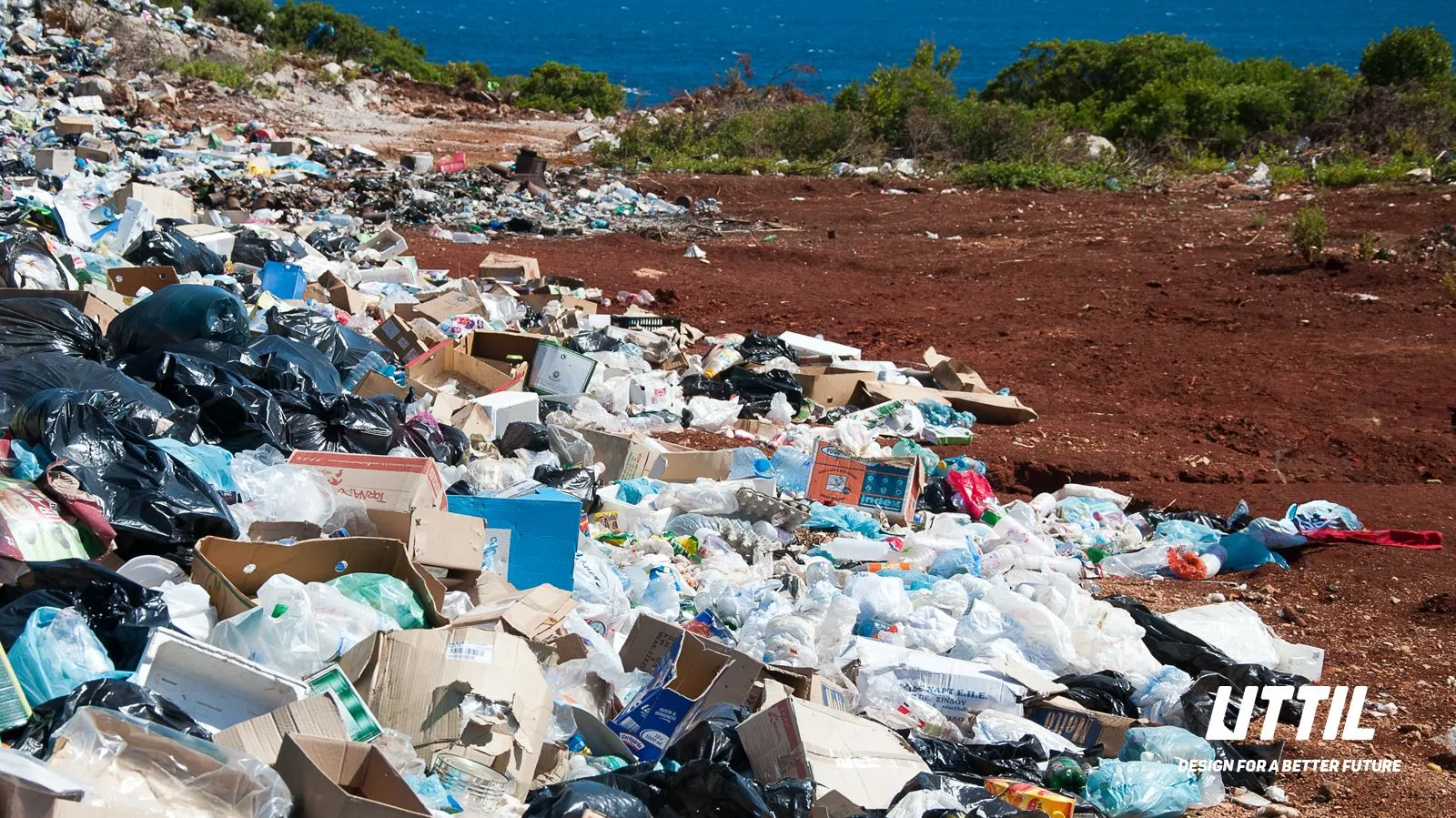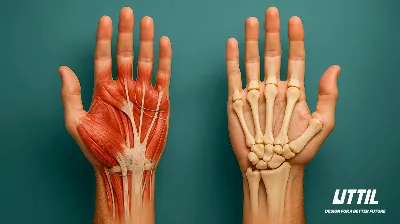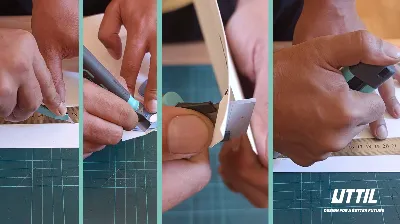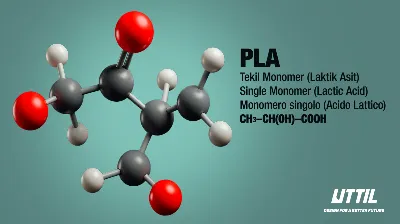Understanding Plastic: The Hidden Complexities of Recycling and Strategies for a Sustainable Future
Photo by Antoine GIRET
Recycling
plastic is a complex process, and while it's not entirely impossible, many
challenges make it difficult. Here are some of the reasons:
Types of
Plastic: Many
different types of plastics are denoted by the numbers 1 through 7 inside the
triangular recycling symbol. Each type of plastic has to be recycled differently.
This means that plastics must be sorted before recycling, which can be
labour-intensive and costly.
Seven major
types of plastics exist, each designated by a Resin Identification Code (RIC).
These are
#1 PET (Polyethylene Terephthalate):
Frequently used in soft drinks and water bottles. PET is relatively easy to
recycle and often turns into polyester for the fibre industry.
#2 HDPE (High-Density Polyethylene): Found
in milk jugs and detergent bottles. Like PET, it is widely recycled into new bottles
or plastic lumber.
#3 PVC (Polyvinyl Chloride): PVC is
difficult to recycle due to its high chlorine content and harmful dioxins
released throughout its life cycle. It is often used for pipes, artificial
leather upholstery or window frames. Its use is completely banned in many countries
like Canada, Spain, South Korea, and the Czech Republic, and in some countries,
it is prohibited in the production of children's toys and the packaging of food
products. Germany has banned the disposal of PVC in landfills since 2005, and
strict controls on PVC in 274 regions have been put into effect by local
governments. On May 8, 2023, the European Union (EU) issued Regulation (EU)
2023/923 to revise the restriction of lead and its compounds falling under
entry 63 to Annex XVII of Regulation (EC) No. 1907/2006 'Registration,
Evaluation, Authorization and Restriction of Chemicals (entry 63 to Annex XVII
of REACH).
PVC is
the most environmentally damaging plastic there is. As it says in the name, Polyvinyl chloride
contains chlorine, which has been linked to many toxic environmental problems,
including destroying the ozone layer. Chlorine toxins build in the air and flow
through the water and the food chain, leading to humans unintentionally
ingesting them. When humans ingest the toxins, it can lead to several health
problems, including infertility issues, hormone disruption, cancer, and much
more. PVC also creates dioxins, which are very toxic to the environment and can
be ingested by humans. Independent laboratories and environmental organisations
have reported that dioxins are the most toxic chemical compound in the world
and are extremely dangerous to humans and the environment. With environmental
and health concerns, it’s no wonder why countries and companies are looking to
leave PVC.
#4 LDPE (Low-Density Polyethylene): Recycling
of LDPE in plastic bags and film wraps is increasing, but not widespread enough
due to its low economic value.
#5 PP (Polypropylene): Often used in
straws, bottle caps, or food containers. PP recycling is growing but still needs
to be more prevalent than PET or HDPE.
#6 PS (Polystyrene): Commonly known as Styrofoam,
PS is rarely recycled due to the cost and environmental impact of the process.
#7 Other (BPA, Polycarbonate, and LEXAN): A
catch-all category for other plastics, including bioplastics. These are rarely
recycled due to the mixture of different plastic types.
Each type
of plastic requires a different recycling process, which adds complexity and
cost to the recycling stream.
Contamination: Plastics must be clean to be recycled
appropriately. Food residues or other types of contamination can interfere with
the recycling process. Removing these contaminants can be costly and complex.
Contamination occurs when non-recyclable materials or food waste mix with
recyclable plastics. This can significantly disrupt the recycling process, discarding
the entire batch. In single-stream recycling programmes, where all recyclables
are collected, the risk of contamination is high, and the recycling rate is
often below 10% as plastics are often mixed or are not clean for recycling.
Consumer education on proper recycling is a constant challenge, and most
plastics are indistinguishable in quality to the consumer, while recycling
rules often vary by the local authority.
Quality
Degradation: Unlike
materials such as glass or metal, the quality of plastic deteriorates each time
it is recycled. The polymer chains that make up the plastic shorten during
recycling, which causes the physical properties of the recycled plastic to
deteriorate. This means the plastic can only be recycled a few times before it
becomes unusable. PP (Propylene), one of the most widely used plastics, exceeds
the limit where it can maintain its physical properties after the third
recycling and becomes unusable in line with its qualities. For example, PET
plastic is often recycled into textiles, carpets, or plastic timber. These
products can no longer be recycled again. As a result, plastic materials are
eventually sent to landfill or incineration.
Non-recyclable
Plastic Items: Not
all plastic items are recyclable. Items like plastic bags, plastic wrap, and Styrofoam
often cannot be recycled through curbside recycling programs and require
special processing facilities. Plastic items like plastic bags, film wraps, and
Styrofoam are challenging to recycle and often must be addressed at recycling
facilities. They can get tangled in machinery, leading to costly shutdowns and
repairs. While there are specialised facilities that can handle these
materials, more widespread access is needed to ensure that these items often
end up in landfill or the environment.
Economic
Factors: Recycling
plastic costs more than producing new virgin plastic. This cost can be
recovered only in the case of high-cost technical plastics that can be recycled.
This economic reality and fluctuating oil prices (since plastic is derived from
oil) have a chilling effect on recycling efforts. The low cost of the oil from
which virgin plastic is derived often makes it cheaper to produce new plastic
than to recycle existing plastic. This economic reality weakens the viability
of plastic recycling. Furthermore, the market for recycled plastics depends on
the demand of producers, which can fluctuate depending on various factors such
as oil prices, the quality of the recycled material and regulations. One of the
biggest challenges for producers is the quality of the content of recycled
plastic (additives, colourants, etc., used to achieve specific physical
properties). Manufacturers cannot rely on recycled plastics when set or
regulated quality standards and physical properties must be strictly adhered
to.
Lack of
Infrastructure: Not
all communities or countries have the necessary infrastructure for plastics
recycling (facilities for sorting, cleaning, and reprocessing plastic waste,
etc.), and consumers have almost no knowledge of the issue. The infrastructure
for recycling plastics needs to be more consistent globally and even within
individual countries. This includes facilities to process recyclable materials
and collection and sorting systems. Even if consumers are keen to recycle,
their efforts are wasted if local facilities cannot adequately process the
material. Some countries have a policy of exporting their existing waste to
other countries to keep it out of their geography. In contrast, the geography
through which microplastics enter the environment does not matter, nor can it
save the sending country from the consequences of polluting the planet.
To address
these challenges, efforts are being made to improve recycling technologies,
design better plastic packaging, and shift towards a circular economy where
waste is minimised. However, it's also critical to reduce plastic consumption,
reuse where possible, and choose alternatives to plastic where feasible.
In addition
to these problems, the linear economy model of "take-make-dispose" is
fundamentally at odds with plastic recycling. For recycling to be part of a
sustainable solution, there is a need to move to a circular economy/consumption
model where waste is minimised and materials are kept in use for as long as
possible.
While
plastic recycling has a vital role in waste management, there are more practical
options. Reduction in plastic use, redesign of plastic products, switching to
alternative materials, and improvements in recycling infrastructure and
technology are all critical components of addressing the plastic waste crisis.








